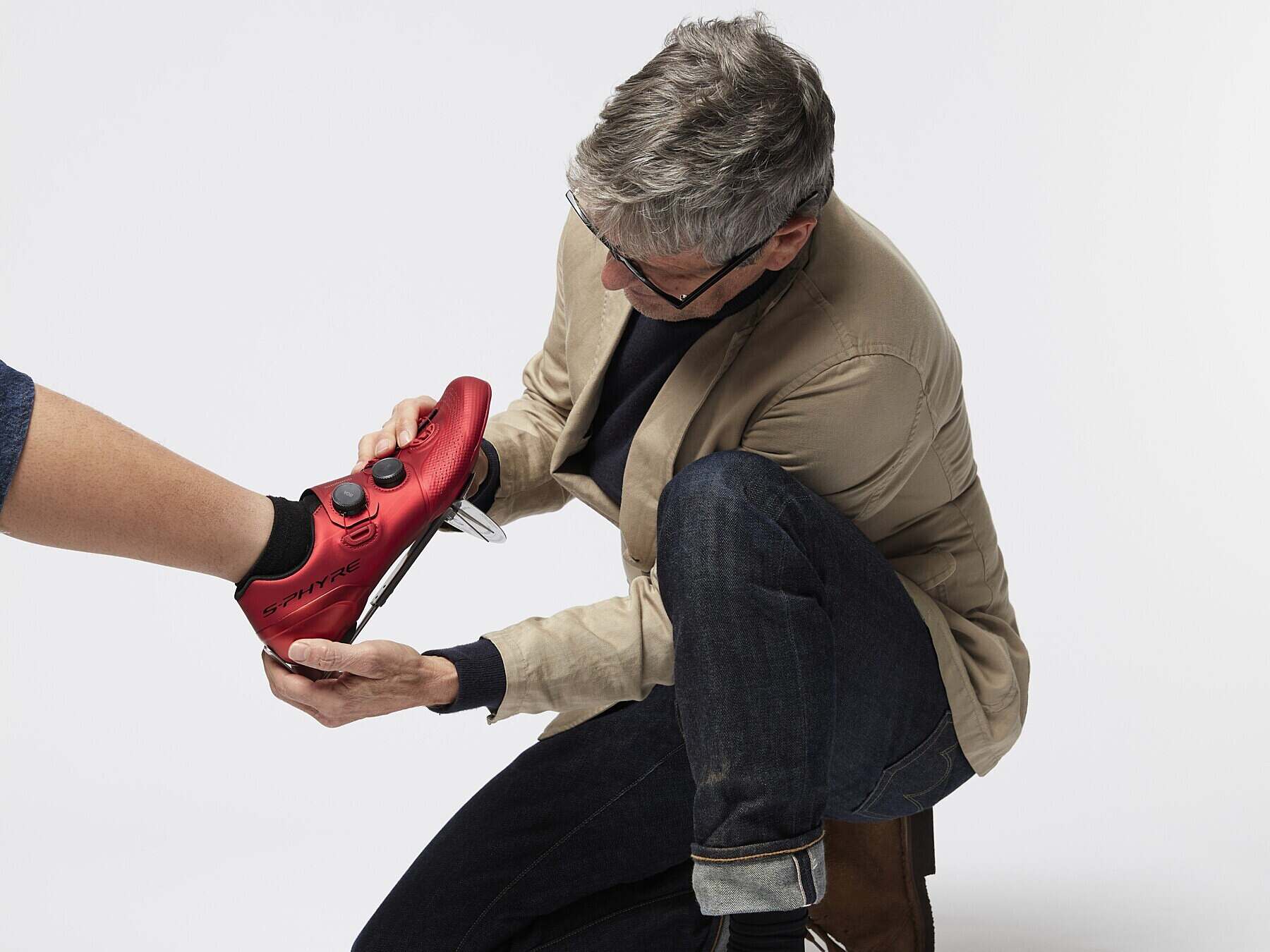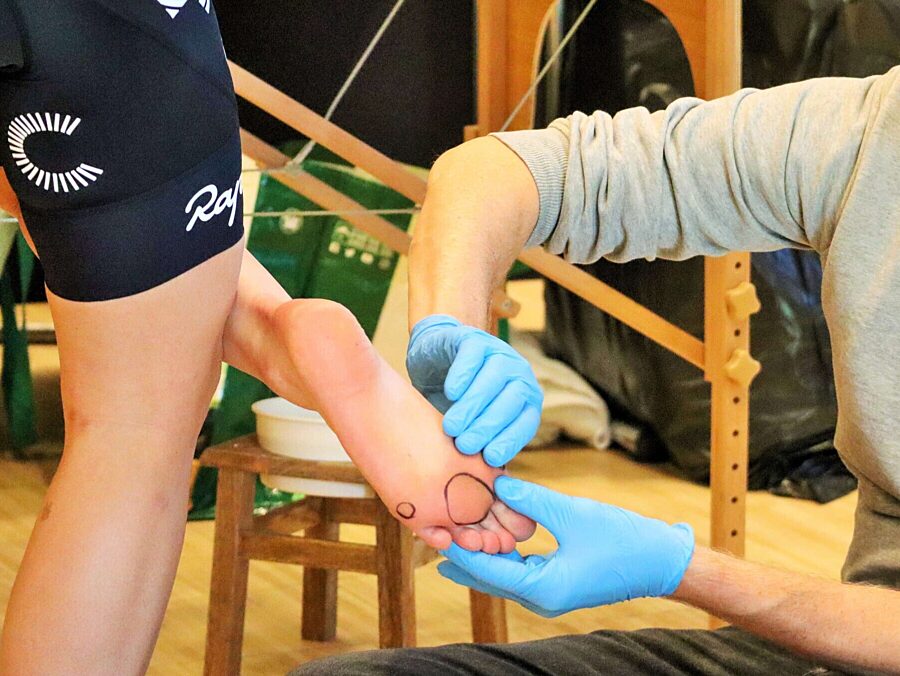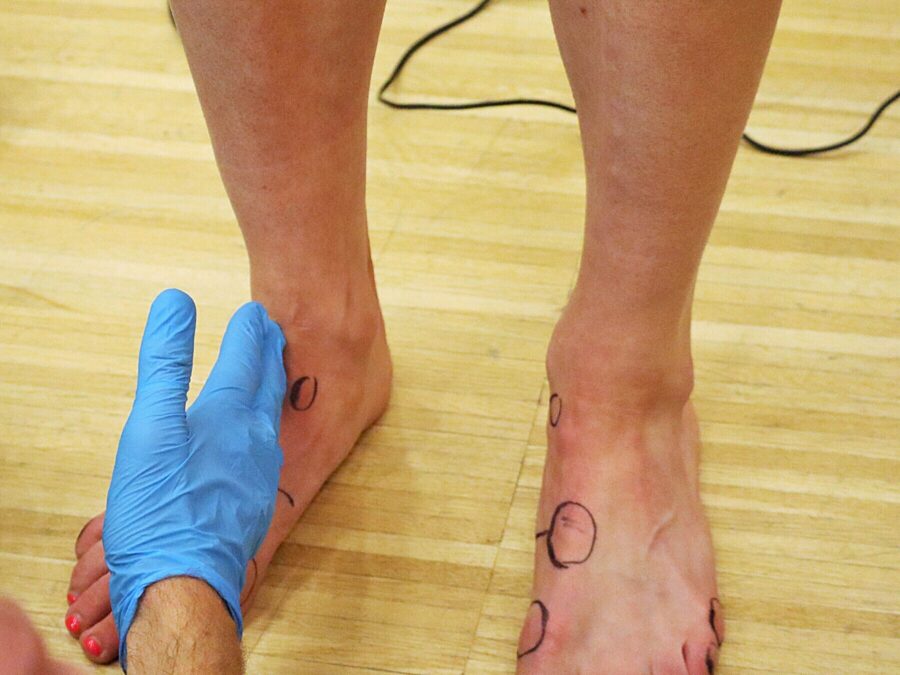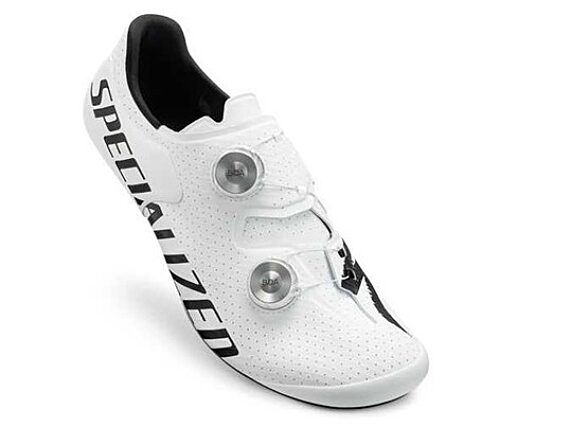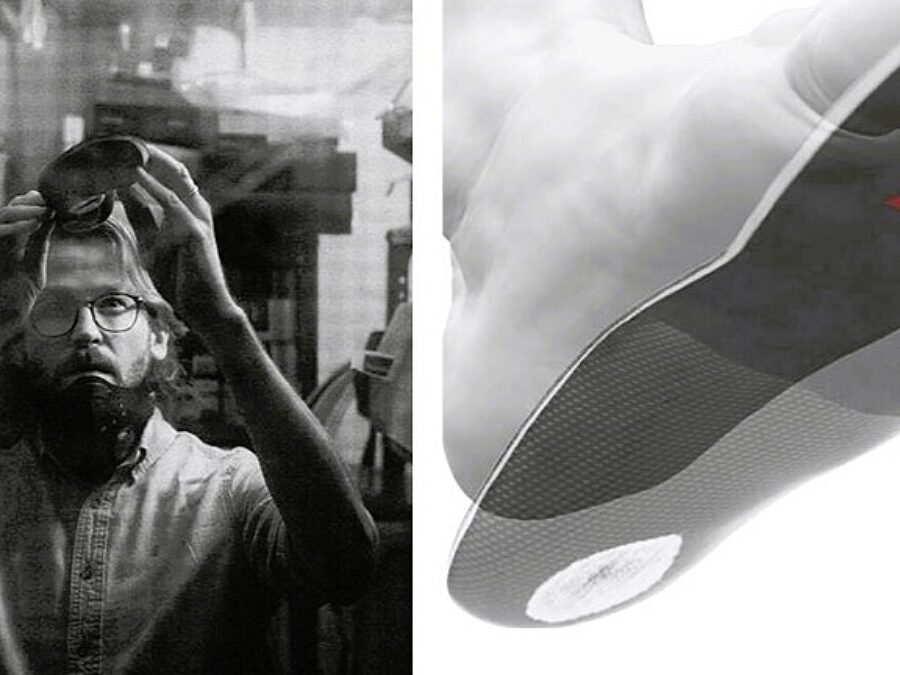"Cyclist's feet are like a concert pianist's hands"
Fix The Damn Foot
The context for this piece is an extended interview that we gave recently to road.cc - dedicated to finding the optimal wide-fitting shoe. The interview was protracted, because anything that involves the words cycling and feet within the same sentence, presents a theoretical containment problem. Twenty-eight bones, thirty-three joints and a hundred or so tendons, ligaments and muscles gives a significant margin for error. This set me thinking that maybe we what was needed was a first principles discussion.
The Cycling Foot - First Principles
Bipedalism is rare and human-style bipedalism is unique (well, since we did for the Neanderthals twenty-something thousand years ago). Humans are obligated to walk on our feet - we simply have no other choice. Apes can opt to be quadrupedal when the moment demands, and kangaroo feet are essentially giant springs.
"There is no escaping foot pain when cycling - which is why it is our number one referring problem at Cyclefit"
"The multifactorial problems of how humans interact dynamically within a highly constrained environment."
Fixed Foot Sports
When considering the athletic foot, most sports seek to facilitate and support movement. Skiing and cycling, meanwhile are both fixed-foot sports. When considering the foot for performance skiing and cycling, the object is to block movement and effectively fix the foot in position.
Fixing the foot unfortunately yields unintended problems, precisely because it is so unnatural for human bipeds. We didn't race bicycles or giant-slalom in the ancestral environment - ergo, performance cycling and skiing are outliers.
To Fix. Or Not To Fix?
The price of not fixing the foot in performance cycling - is that it may seek to fix itself - toes grab or claw, ankles plantarflex (point toe-down), feet pull extraneously on the pedals, unwittingly preferencing power over comfort and function.
The price of fixing the foot, but in the wrong place - is a consequent aggregation of tension and loss of function. You can momentarily get relief from poor saddle choice by standing up on the pedals or squirming back and forth. There is simply no escaping foot pain when cycling - which is why it is our number one referring problem at Cyclefit.
The Foot, The Shoe, The Footbed, The Pedal & Time's Arrow
The Foot/Shoe
Shoe manufacturers won't tell you this, but no shoe brand makes a cycling shoe that works for the entire population and varieties of foot types. Every shoe-brand has an ethos that is expressed in their shoe-last - the 3D theoretical foot that fits perfectly into their shoes. If you fit their ethos, their shoes are likely to work for you.
We spend most days relentlessly measuring and assessing client's feet - whether it is their first or tenth visit to Cyclefit.
For example, people are not born with bunions, but they are born with the biomechanics from their parents to develop a bunion over time. Their foot mechanics will adept as a consequence as the bunion progresses.
Most people also have size and shape differentiation between their feet, and these differences are prone to change over time.
If you are not buying a shoe from Cyclefit here are a few tips to bear in mind:
- Is the shoe and footbed within the shoe the same general shape as your foot? Sounds obvious - do you have a Bont a Specialized Ares, Lake 239 or Shimano RC9 foot? Or none of the above?
- Are your toes against the end of the shoe? They shouldn't be.
- Is your foot snug in the shoe but still supported by the base? This one is harder. Don't guess.
- Anything more than a D-width and you may need a shoe that comes in a wider fitting, such as Lake 239.
- Think about where you are getting tension or adverse loading in your cycling shoes. Think about which brand and style will help offload that tension.
- Don't be brand loyal - be loyal only to your feet.
"The price of not fixing the foot in performance cycling - is that it may seek to fix itself"
Footbed or Orthotic?
Having something in the shoe is better than having nothing. If the object is to fix the foot, then offloading with any kind of supporting footbed will generally be a positive addition.
Sidas Custom Footbed
We have worked with Sidas for over twenty years. The principle is simple - a mould of foot is taken in silicon (fancy sand) in a corrected or neutral position. The vacuum heated footbed takes the shape of the silicon mould and the corrected foot. After freezing, the Sidas footbed is filed into final shape our workshop. Most people find Sidas to be immediately comfortable and mildly addictive. But for some riders, with more complex requirements, an orthotic will offer the tailored support and correction that they need.
The advantages of a custom moulded orthotic from Cyclefit are:
- We are experienced at assessing foot types and whether they will respond favourably to Sidas.
- We have moulded Sidas for over twenty years. We know what they can and can't do.
- The process is quick - 45 minutes
- It works well for most people.
- It is relatively inexpensive - £130
A Prescription Cycling Orthotic
We have worked with Mick Habgood for over fifteen years. As a specialist cycling podiatrist, Mick makes carbon cycling orthotics for countless professionals and national squads - we work with Mick when working with Team EF
About 30% of Cyclefit clients use a Habgood orthotic to stabilise the foot within the shoe, to deal with the foot mechanics that are driving chronic pain and poor performance. Mick frequently also advises which shoe brand and size will work best with the carbon-fibre orthotic once it has been manufactured.
The benefits of a full prescription orthotic are:
- Mick is one of the most highly regarded cycling podiatrists in the world
- A cycling orthotic is the only way to deal with complex foot issues - Morton's Neuoma, metarsal-adductus, significant forefoot varus (supinated), etc.
- Carbon orthotic lasts many seasons.
- You can retain the cast to order new orthotics remotely
Footnote
- The foot is the end of a powerful kinetic chain that links the hip to the knee to power delivery at the ball of the foot. Problems can be transmitted up and down the kinetic chain. Hence our obsession with fixing the foot.
- Fixing is ambiguous. We want to fix as in correct or improve the integrity of the foot/shoe/pedal connection. But we also seek to fix as in lock the foot, to improve power and function. But fixing is not the same as taking away float on the pedal. Some float is essential for most people, most of the time. We are seeking to stop the foot shifting and/or pronating in the shoe, which corresponds to both power and comfort reduction.
- Finding the right pedal and float profile requires detailed and dynamic analysis - the right place for this within a Cyclefit session, once the correct shoe and corrective insert has been selected. If someone needs customised float profiles then a Speedplay/Wahoo pedal can offer up between zero and 17 degrees of float. Shimano SPDSL pedals are a safe and stable platform that also offer +4mm pedal-axles if we need to widen a rider's stance. Look Keo pedals offer easy clip in and clip-out as well as three float profiles - 0, 4.5 & 9-degrees of float. Every pedal has its uses and advantages. Don't stay with a pedal out of habit. Use the pedal to support and reflect your individual mechanics.
- A new shoe assessment at Cyclefit costs £40. You will learn a huge amount about your own feet. If you buy a shoe from us this fee is refunded from the cost. A new shoes assessment is a superb way to experience how Cyclefit works. Our philosophy. Our ethos. See you soon.

